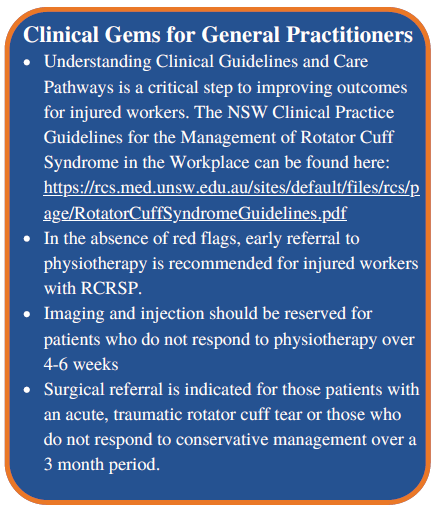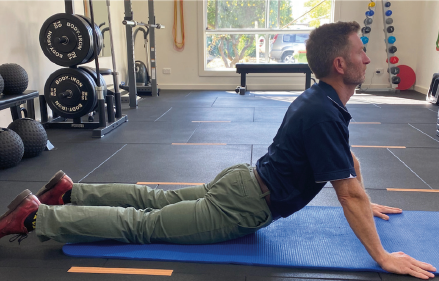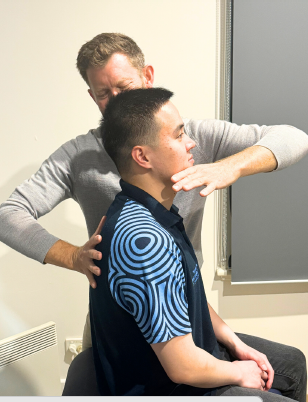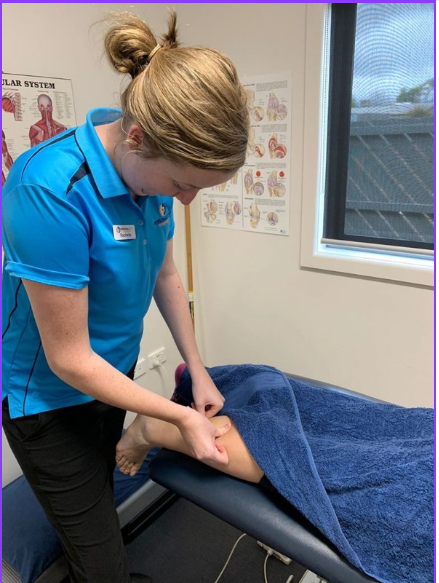Physio Referrer Online-
Are you SURE it’s your Shoulder?
A Quick Review of Diagnosis:
The term RCRSP emerged to cover pain coming from the rotator cuff muscles, tendons and other subacromial structures. In the October issue of Physio Referrer we outlines the diagnosis of RCRSP, which includes screening for red flags (fracture, cancer, massive rotator cuff tears) and ruling out specific causes of shoulder pain (frozen shoulder, instability, cervical radiculopathy). Once we have done this, the typical presentation for RCRSP includes:
– Patient over 40 years of age,
– Pain in the deltoid region and/or upper arm,
– Pain and/or weakness with overhead or outstretched arm tasks,
– Onset of symptoms often associated with a change in upper limb loading at work,
– Pain and/or weakness into shoulder elevation and external rotation,
– Limitation of shoulder movement in positions that compress subacromial structures eg. hand behind back.

Care Pathways for workers with RCRSP:
The 2013 New South Wales, Clinical Practice Guidelines for the Management of Rotator Cuff Syndrome in the Workplace outlines and recommends a pathway of care for the first three months for workers with RCRSP. This pathway includes simple analgesia and heat/cold for pain management, return to work planning and exercise prescribed by a qualified health professional. Imaging and subacromial injections might be considered for patients who are not improving over 4-6 weeks. Surgical opinion is recommended for workers with a full-thickness rotator cuff tear or after 3 months of no response to conservative care.

How well are these guidelines followed?
In a retrospective study of 189 randomly selected workers compensation cases in Western Australia, Ranford et al (2023) looked at which components of care from the guidelines were used for injured workers with shoulder pain and at which time points. Exercise and imaging were the most commonly used components of care, utilised in about 80 percent of cases. Imaging was performed much earlier than recommended by the guidelines, at a median of 11 days post-injury, whilst exercise typically occured later, at a median of 27 days post-injury. Although there was a high utilisation of exercise for the management of RCRSP, it was significantly delayed for at least half of the workers and was not implemented as the primary form of care.
Treating patients in Primary Care:
In general, the adoption of the guidelines into clinical practice is known to be suboptimal for musculoskeletal conditions (Zadro et al, 2019). A recent study in the United States, using workers compensation claims data, found that not only following clinical practice guidelines leads to poorer claims outcomes (Castillo et al, 2020). Keeping both these points in mind, it is hardly surprising why some of our injured workers with RCRSP end up with long term disability, failed return to work and increased claim costs. Of course, not all workers with RCRSP can get back to their pre-injury duties, and some do need surgery with extended rehabilitation, but are we doing a dis service to these patients as a whole by not following clear, well established clinical guidelines?
What can you do about this problem?
The results of the study by Ranford (2023) mirror our experience as a practice- there is sometimes a delay in patients attending physiotherapy after developing shoulder pain. Often it is these patients who take longer to get control of their symptoms, return to work and resume their normal activities. The reasons for this could be many, but in our experience can include mis information (from a variety of sources) about shoulder pain, the role of injections and the need for surgery. This creates a barrier to implementing the guidelines outlined above which can delay recovery and return to work. If you have any questions about this topic, please don’t hesitate to send me an email: nathan@personalbestphysio.com.au





